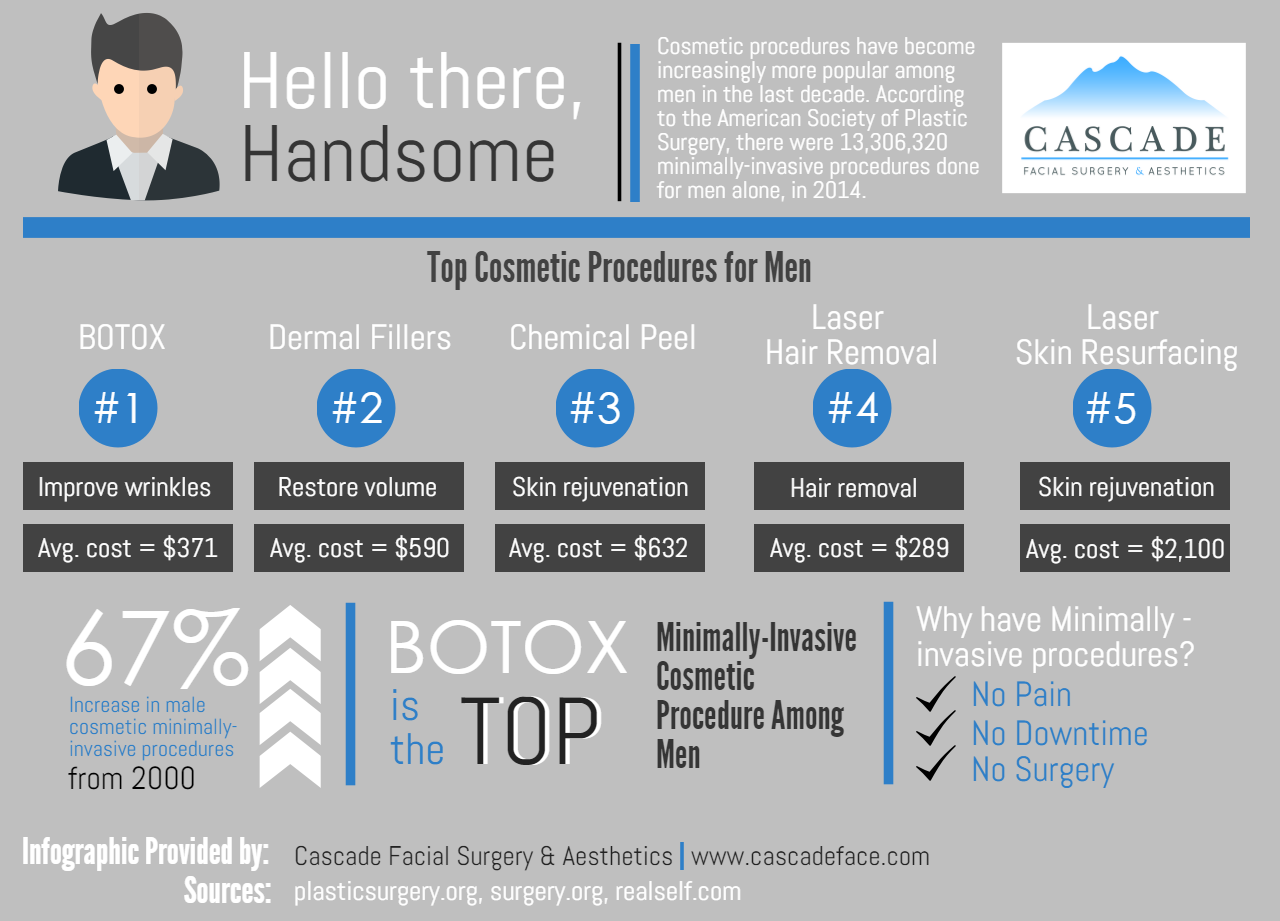How Long Do Professional Treatments Last
How Long Do Professional Treatments Last
Blog Article
Just How Does Photodynamic Treatment (PDT) Job?
Photodynamic treatment (PDT) combines a light-sensitive medicine with special light to eliminate malignant and precancerous cells. Your medical professional puts the drug on your skin or inside your eye and after that radiates a light on the therapy location.
This combination kills cancerous cells and saves healthy and balanced cells. Yale Medication pulmonologist George Eapen, M.D., explains how this works.
The Photosensitizer
Photodynamic therapy (PDT) utilizes a mix of light and a medication called a photosensitizer to eliminate malignant or precancerous cells and extra healthy and balanced cells. You obtain a shot of the photosensitizer, which is after that turned on by light in your body. The photosensitizer is absorbed by both healthy and cancerous cells but isn't toxic until it is triggered by the light.
Light-absorbing particles, called photosensitizers, are located in plants and pets, consisting of human beings. There are several photosensitizers, but most have the ability to take in a specific range of light wavelengths.
Once the photosensitizer is subjected to a light with a coordinating spooky variety, it's converted from its ground state right into an excited singlet state. This enables it to transfer power to molecular oxygen, creating singlet oxygen and complimentary radicals that moderate mobile poisoning.
The Light
Throughout therapy, an unique light is beamed on the location where the photosensitizer was used. This light triggers the medication and ruins cancer cells or precancerous cells that it has targeted.
The medications that are used in photodynamic therapy have various absorption homes and several of them may take hours to leave typical cells but remain much longer in cancer cells or precancer cells. This procedure enables the doctor to target cancer cells more precisely than various other kinds of treatments that use noticeable light, such as lasers or electrocautery [54]
Photodynamic treatment can treat the earliest spots of sun damage called actinic keratosis and can reduce skin cancer cells advancement in people at high threat for creating the condition. It is also an option for some people with damp kind age-related macular degeneration, which is a common cause of loss of main vision in older grownups. It can not bring back the loss of vision caused by this condition, however it can slow down the progression of uncommon capillary growth that creates damp AMD.
The Activation
Photodynamic therapy (PDT) makes use of a drug and light to deal with cancer and various other skin disease. It targets precancerous cells and eliminates them. Unlike other cancer cells therapies that shed and destroy, this therapy kills precancerous cells while saving healthy cells.
The photosensitizer is provided into the skin via topical, dental or intravenous administration. It is taken in by the lump cells and activated when subjected to light of a details wavelength. This triggers a sequence of photochemical responses that creates reactive oxygen types (ROS) that damages tumor tissue and eliminate cancer cells.
PDT is frequently used to treat actinic keratoses and sitting squamous cell cancer (Bowen condition). It can also be utilized to deal with various other types of skin cancer, consisting of surface basic cell carcinoma. It can be used alone or with various other therapies, such as surgery or radiation. It can even diminish lumps in the lungs, allowing surgery or other treatment to be secure and reliable.
The Therapy
PDT works best in small unusual locations of cells that a source of light can get to, such as revision skin care the skin, eyes, mouth or food pipe (oesophagus) and lungs. It is also utilized to treat precancerous developments, such as actinic keratoses, which are sun-damaged cells that can become cancer cells.
Medical professionals carry out the photosensitizer as a lotion or injection, and then shine a light on the treatment area. The light destroys the unusual cells. While healthy cells take in the photosensitizer, it remains longer in malignant cells.
After the treatment, your body naturally gets rid of the dead cells. Patients with lung cancer cells may experience coughing up blood or have a bronchoscopy to clear the lungs of the dead cells. Sometimes, your doctors might utilize a bronchoscopy to remove the photosensitizer from the lungs too if it triggers major symptoms. It is necessary to stay indoors and utilize sun block when you go outside while the photosensitizer remains in your system.